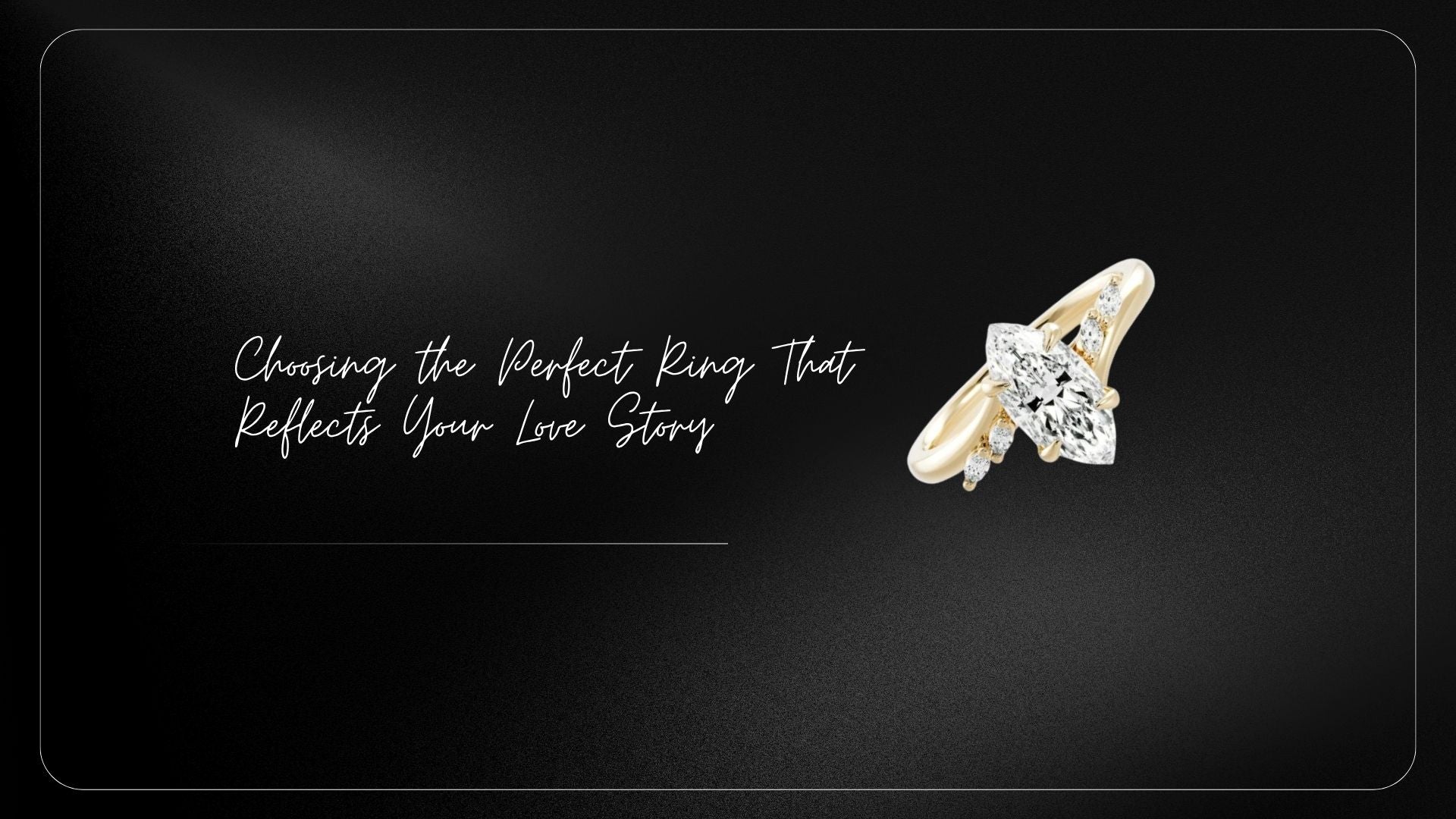How to Choose the Perfect Engagement Ring Setting
The engagement ring is more than just a piece of jewelry; it's a symbol of love, commitment, and a promise of forever. While the center stone often captures the initial attention, the setting plays an equally crucial role. It's the foundation that showcases the gemstone's brilliance, protects it from damage, and ultimately defines the ring's overall aesthetic. Choosing the perfect engagement ring setting can seem daunting with the myriad of options available. At Camila Brown, we're dedicated to guiding you through this important decision, ensuring you select a setting that reflects your personal style and complements your chosen gemstone beautifully.
Understanding the Importance of the Setting:
The setting is the metal framework that securely holds the center stone and any accent stones in place. It's not merely a decorative element; it significantly impacts:
- Security: A well-designed setting will protect the gemstone from chipping, scratching, and other damage.
- Brilliance: The setting influences how light interacts with the stone, affecting its sparkle and fire.
- Style: The setting contributes significantly to the ring's overall look, from classic and elegant to modern and unique.
- Practicality: Certain settings are more suitable for active lifestyles than others.
This addresses searches like "engagement ring setting importance," "ring setting function," and "how does setting affect diamond sparkle."
Exploring Popular Engagement Ring Setting Styles in Detail:
Let's delve into the most popular engagement ring setting styles, exploring their characteristics, advantages, and ideal gemstone shapes:
-
Prong Setting: The prong setting is a timeless classic, using thin metal prongs (usually four or six) to grasp the stone securely.
- Advantages: Maximizes light entry, enhancing brilliance and fire; versatile and complements most stone shapes.
- Disadvantages: Can be less protective than some other settings; prongs can occasionally snag on clothing.
- Ideal for: Round brilliant, princess, oval, marquise, and pear-shaped diamonds.
-
Bezel Setting: The bezel setting features a metal rim that encircles the stone, providing excellent protection and a sleek, modern look.
- Advantages: Highly protective; smooth and comfortable for active lifestyles; modern and minimalist aesthetic.
- Disadvantages: Can slightly reduce the stone's brilliance compared to prong settings; can make smaller stones appear even smaller.
- Ideal for: Round, oval, and cabochon-cut stones.
-
Halo Setting: A halo setting features a circle of smaller diamonds or gemstones surrounding the center stone, creating a dazzling halo effect and making the center stone appear larger.
- Advantages: Enhances the center stone's brilliance and perceived size; adds extra sparkle and glamour; can be used with various stone shapes.
- Disadvantages: Can be more delicate than some other settings; small stones can loosen over time.
- Ideal for: Round, oval, cushion, and pear-shaped diamonds.
-
Pave Setting: In a pave setting (pronounced "pa-vay"), small diamonds or gemstones are set closely together along the band, creating a continuous line of sparkle.
- Advantages: Adds significant brilliance and glamour to the ring; complements various center stone settings.
- Disadvantages: Can be more expensive due to the number of small stones; small stones can loosen over time.
-
Channel Setting: Similar to pave, channel settings set small diamonds or gemstones within a channel or groove in the band, creating a smooth and elegant look.
- Advantages: Offers good protection for the small stones; creates a clean and sophisticated look.
- Disadvantages: Can be more difficult to clean than some other settings; difficult to resize.
-
Ideal for: Round and baguette-cut diamonds.
-
Tension Setting: A tension setting uses pressure from the band to hold the stone in place, creating a dramatic and contemporary look that appears as if the stone is floating.
- Advantages: Unique and modern aesthetic; maximizes light entry.
- Disadvantages: Can be more expensive and difficult to resize; not suitable for all gemstone types.
- Ideal for: Round and some fancy-shaped diamonds.
-
Cathedral Setting: The cathedral setting features arches of metal that rise up to meet the center stone, creating a dramatic and elegant look reminiscent of cathedral arches.
- Advantages: Elevates the center stone, making it appear larger; offers good protection.
- Disadvantages: Can be higher profile, making it more prone to snagging; can be more difficult to clean.
- Ideal for: Round, princess, and cushion-cut diamonds.
Key Factors to Consider When Choosing Your Setting:
Beyond the style itself, consider these practical factors:
- Lifestyle: If you lead an active lifestyle, a low-profile setting like a bezel or channel setting is recommended to minimize the risk of damage.
- Stone Shape and Size: Different settings complement different stone shapes and sizes. Consider how the setting will enhance the stone's natural beauty.
- Metal Type: The metal you choose (platinum, white gold, yellow gold, rose gold) will affect the ring's overall look, durability, and maintenance requirements.
- Budget: Some settings, like pave and intricate halo settings, can be more expensive due to the additional labor and materials involved.
- Personal Style: Ultimately, the best setting is the one that resonates with your personal style and preferences.
Finding Your Perfect Engagement Ring Setting at Camila Brown:
At Camila Brown, we offer a diverse collection of engagement rings featuring various settings, allowing you to find the perfect match for your style and budget. Our expert jewelers are also available for consultations to help you design a custom engagement ring that perfectly embodies your vision.
Explore our stunning collection of engagement rings and discover the perfect setting to begin your forever. Schedule a consultation with our experts today!











